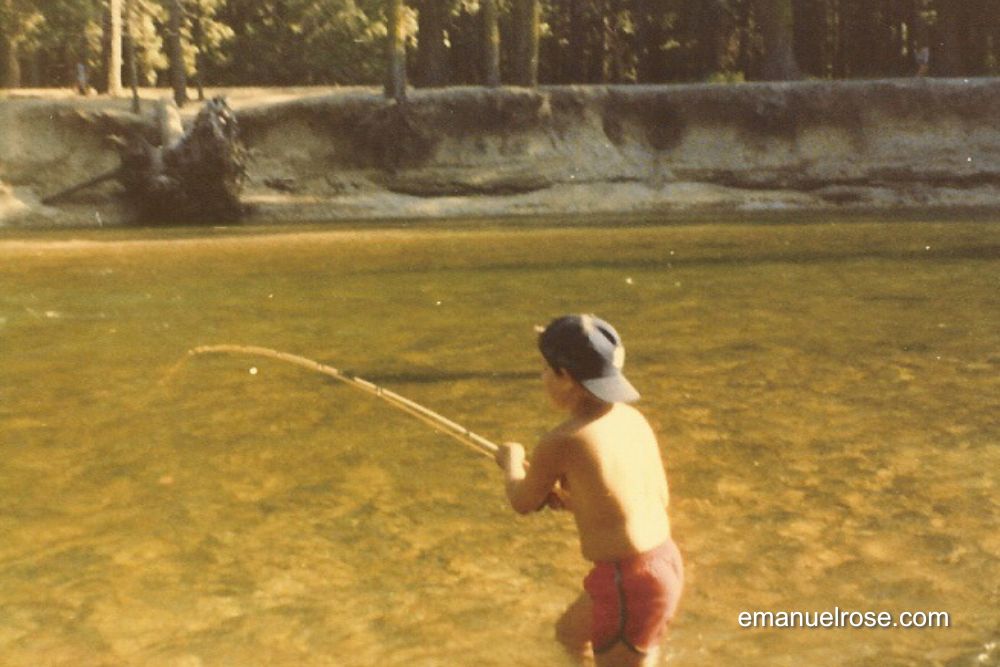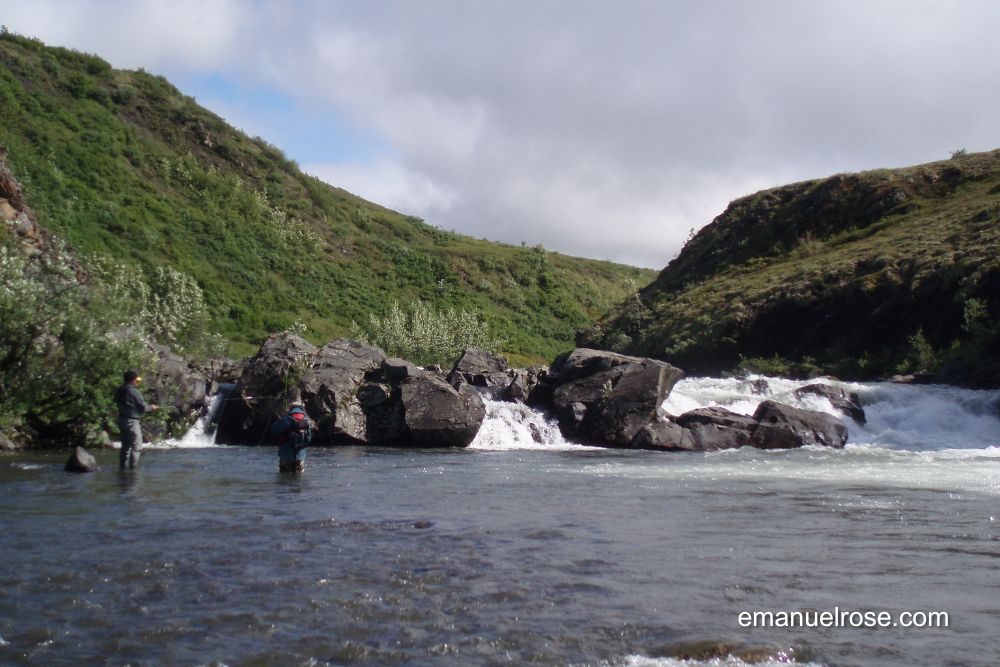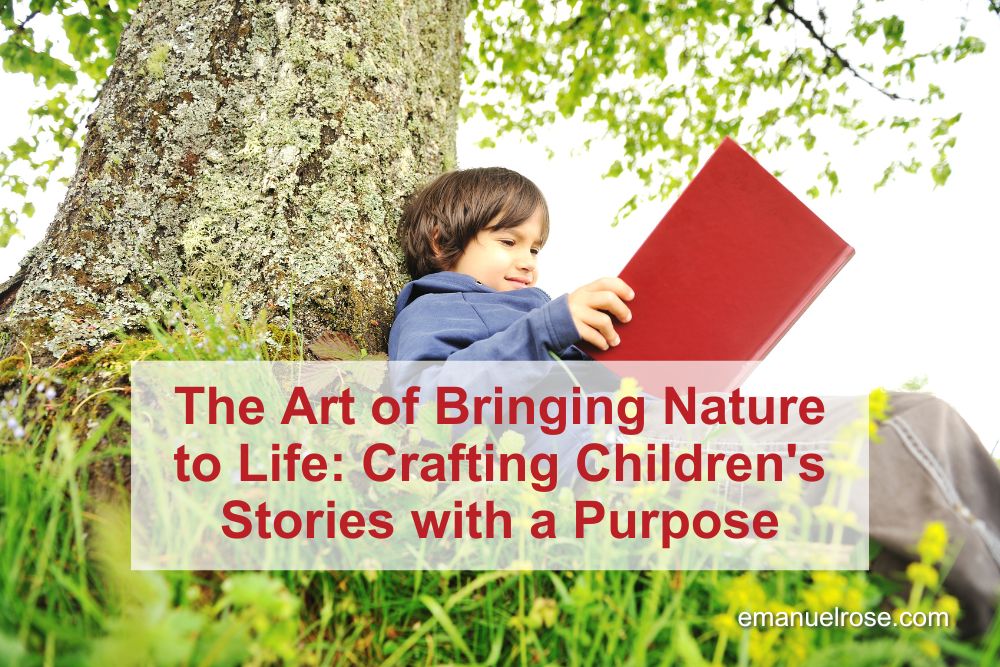Crafting Children's Stories with a Purpose
One of the greatest pleasures in life is the ability to take complex, intricate ideas and present them in a way that is accessible and engaging to young minds. This blog explores the essential elements of bringing nature and creativity into children’s literature, focusing on storytelling, the importance of nature, and the challenges in connecting children with the natural world.
Capturing Early Experiences in Nature

Children’s literature often includes elements of exploration and discovery, making it relatable to young readers. My favorite stories often stem from early memories of nature. Such experiences form the cornerstone of narratives that teach both wonder and responsibility.
Take the book “Quail Trail,” for example. It features Roxy, a spirited quail chick whose curiosity and rebellious nature often get her into trouble. Her adventures serve as an allegory, teaching children the importance of paying attention and understanding rules meant to keep them safe. Characters like Roxy bring to life not just lessons but also the beauty and quirks of nature, all through relatable experiences.
The character’s independent spirit and mischievous charm resonate with children, making the story both educational and enjoyable.
These early encounters with nature are not just stories; they serve as a means of instilling fundamental values. They help children understand their environment, their role in it, and the importance of respecting natural laws. By embedding these lessons within engaging tales, we create a lasting impression that can influence a child’s outlook towards nature and life in general.
The Interplay Between Digital and Traditional Methods
Illustrations play a crucial role in children’s books, often capturing the child’s attention before they even start reading the text. The process starts with initial sketches to capture the essence and spirit of the characters. Once these illustrations are developed, digital tools are employed to refine the visuals, adding color, depth, and detail. This hybrid method ensures that the illustrations are both vivid and meaningful, enhancing the storytelling experience for young readers.
The hand-drawn sketches provide a tactile, personal touch that connects the illustrator more intimately with the characters and the story. This phase is crucial for capturing the essence and spirit of the characters. Once the initial sketches are done, digital tools come into play to refine these visuals, adding color, depth, and detail. This hybrid method ensures that the illustrations are both vivid and meaningful, enhancing the storytelling experience for young readers.
The digital aspect of illustration also offers versatility that traditional methods sometimes lack. Errors can be corrected swiftly, and elements can be adjusted easily to better fit the narrative. This flexibility is particularly beneficial in educational books where accuracy is paramount. By combining traditional and digital techniques, we achieve a balance that leverages the strengths of both, creating illustrations that are both captivating and accurate.
Challenges in Connecting Children with Nature

Today’s children are often more connected to virtual worlds than the natural one. One challenge is making nature relatable and accessible to them. Stories serve as gateways to real-life exploration, encouraging children to look beyond their screens and experience the world around them. Whether it’s tracing animal tracks or observing local wildlife, the goal is to spark curiosity and respect for nature.
Creating narratives that merge fiction and educational content is particularly effective. This approach, known as informational fiction, blends factual information with engaging storytelling, making learning seamless. For instance, series like “See Smiles,” which include books such as “Sleepy Sea” and “Sea Suds,” portray childhood milestones through the lens of sea animals. These stories not only entertain but also educate, fostering a lifelong interest in marine biology and environmental conservation.
Books have the power to draw children away from screens and foster a deeper appreciation for the world around them. Engaging stories rooted in the natural world often serve as a gateway to real-life exploration. For instance, a story about a child discovering animal tracks can encourage young readers to step outside and seek similar adventures. This shift from virtual to real-world exploration is essential in cultivating a generation that values and respects nature.
The Collaborative Effort of Storytelling
Creating engaging and educational children’s books is a collective effort. It involves writers, illustrators, parents, educators, and the community. Books are more than just stories; they are tools for teaching values, sparking curiosity, and fostering a love of learning. Shared reading experiences create bonds between adults and children, filled with discovery and joy.
When crafting stories, it’s essential to consider all the audiences that might engage with the book. While the primary focus is the child, parents and educators also play a significant role. Stories that incorporate layers of meaning can be enjoyed by both children and adults, providing opportunities for shared learning and discussion. Informational texts within the narratives offer teaching moments that parents and educators can expand upon, enriching the reading experience.
Parents, educators, and the community play an indispensable role in the world of children’s literature. Books offer more than just bedtime stories; they are educational tools that teach values, spark curiosity, and foster a love for learning. By involving parents and educators, stories can reach a wider audience and have a more significant impact. Shared reading experiences create bonds between adults and children, filled with discovery and joy.
Looking ahead, the aim remains to create content that educates and inspires. Upcoming projects will continue to explore childhood milestones and the wonders of the natural world, using both traditional and digital methods to provide a comprehensive storytelling experience. By doing so, these books strive to create lasting connections between children and the environment.
As we craft these narratives, we are shaping future thinkers, artists, and conservationists. By instilling accurate information and a sense of wonder about the natural world, we lay the foundation for lifelong learning and curiosity. It’s a collaborative effort, and every stakeholder—writers, illustrators, parents, educators, and the community—plays a vital role.


